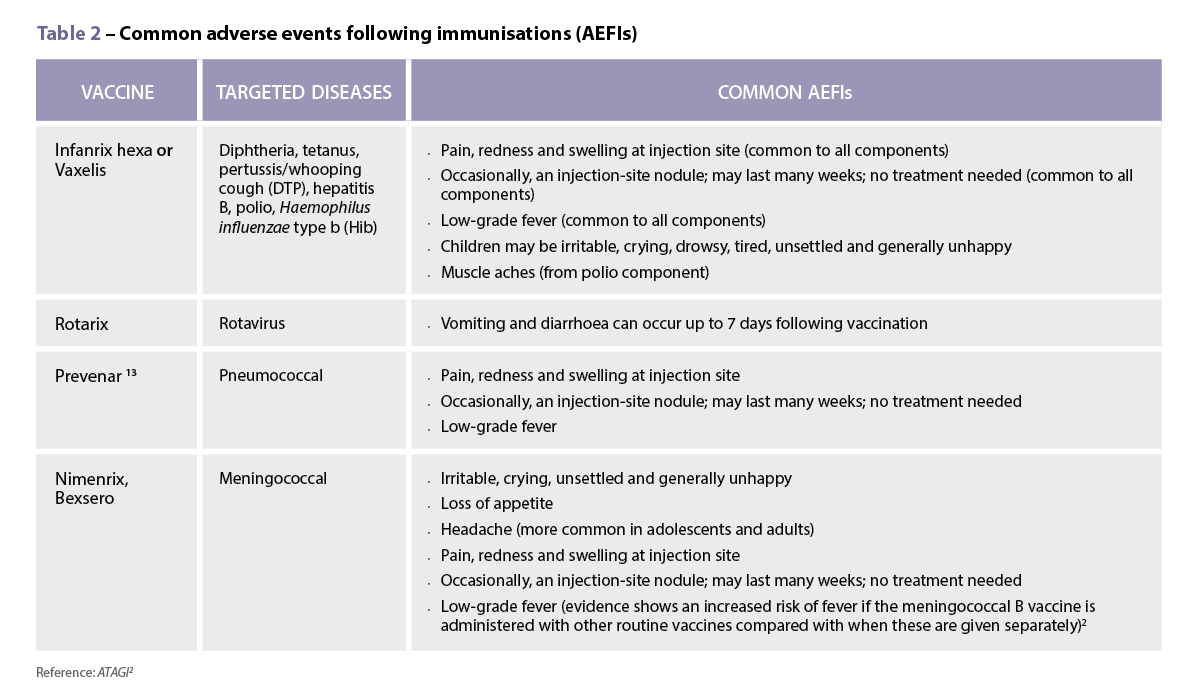Despite an increase in anticonvulsant use for back and neck pain recently – an increase of 535% in the last 10 years – researchers have found such medicines are ineffective for low back or lumbar radicular pain.¹
A systematic meta-analysis compared nine trials using gabapentin, pregabalin or topiramate against placebo to treat patients experiencing low back pain or lumbar radicular pain.¹
Three trials included in the analysis investigated gabapentin compared to placebo for chronic low back pain with or without radiating leg pain. It was found that there was high-quality evidence to support the claim that there was no effect for pain in the short term (pooled mean difference (MD) –0.0, 95% CI –0.8 to 0.7 on a 0- to 10-point numerical pain rating scale).
However, it was also noted that two studies looked at gabapentin below the recommended doses of 1,800-3,600 mg/day.1,2
One trial looked at topiramate compared to placebo for chronic low back pain (with or without radiating leg pain). A small beneficial treatment effect on pain was found in the short term with topiramate.
Four studies in the meta-analysis looked at the efficacy of gabapentinoids (pregabalin or gabapentin) compared to placebo for patients with lumbar radicular pain. High-quality evidence showed in the immediate term there was no effect on pain.
There was also evidence that was of a high- or moderate-quality demonstrating that there was no effect on pain in the intermediate or long-term. One study looked at topiramate for lumbar radicular pain and found it was not beneficial for pain in the immediate term.¹
Adverse events associated with gabapentinoids included drowsiness or somnolence, dizziness and nausea. It was shown that there was an increased risk of adverse effects with gabapentinoids compared to placebo.¹
Potential limitations of the study were identified, including only using a small body of evidence, only having one trial looking at patients with acute symptoms, and some evidence being based on single-trial results.¹
‘We have shown, with mostly high- and moderate-quality evidence, that common anticonvulsants are ineffective for chronic low back pain and lumbar radicular pain, and are accompanied by increased risk of adverse events,’ the researchers said.¹
Read the study here.
References
1. Enke O, New HA, New CH, et al. Anticonvulsants in the treatment of low back pain and lumbar radicular pain: a systematic review and meta-analysis. CMAJ 2018:190(26), E786–E793.
2. Rossi S, ed. Australian medicines handbook. Adelaide: Australian Medicines Handbook; 2018.



 This CPD activity is supported by an unrestricted education grant by Reckitt.[/caption]
This CPD activity is supported by an unrestricted education grant by Reckitt.[/caption]





 Jess Hadley, community pharmacist and Professional Officer at PDL[/caption]
Jess Hadley, community pharmacist and Professional Officer at PDL[/caption]
 Peter Guthrey, Senior Pharmacist – Strategic Policy at PSA[/caption]
Peter Guthrey, Senior Pharmacist – Strategic Policy at PSA[/caption]


 Professor Margie Danchin[/caption]
Professor Margie Danchin[/caption]

 Dr Peter Tenni[/caption]
Dr Peter Tenni[/caption]
 How should we deprescribe gabapentinoids, according to the Maudsley Deprescribing Guidelines[/caption]
How should we deprescribe gabapentinoids, according to the Maudsley Deprescribing Guidelines[/caption]






